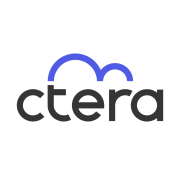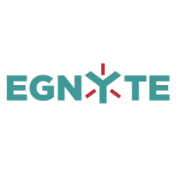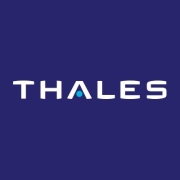Content Collaboration Platforms improve teamwork by enabling seamless document sharing, real-time editing, and enhanced communication channels. These platforms help streamline workflows and empower teams with efficient collaboration tools.
By integrating digital assets and communication tools, Content Collaboration Platforms create a cohesive environment that enables better project management and task execution. Users appreciate how these solutions simplify file sharing, improve accessibility, and allow teams to coordinate effectively. Advanced security features ensure data integrity and compliance with industry standards. Adaptive integrations with other enterprise software enhance productivity and workflow efficiency.
What are key features of these platforms?In education, these platforms streamline curriculum development and student engagement, while in healthcare they offer secure channels for sharing confidential patient information. Manufacturing industries utilize them for coordinating supply chain communications and documentation.
Organizations benefit from these platforms by enhancing collaborative efforts, fostering a more integrated work environment, and supporting remote work flexibility. They provide tools that align with the digital transformation goals of modern enterprises.
| Product | Market Share (%) |
|---|---|
| Dropbox Business - Enterprise | 10.1% |
| Google Workspace | 9.8% |
| Office 365 | 9.6% |
| Other | 70.5% |



















































Content Collaboration Platforms enhance remote work efficiency by providing a centralized workspace where your team can easily access and share files. These platforms offer real-time collaboration tools including document editing, video conferencing, and task management features, ensuring seamless communication and productivity. They eliminate the need for back-and-forth emails, thus saving time and reducing errors. Integrations with other business applications also allow for a more streamlined workflow, making it easier for you to manage projects remotely.
Can Content Collaboration Platforms improve data security?Content Collaboration Platforms are designed with advanced security features to enhance data security. These platforms typically offer end-to-end encryption, user authentication controls, and data loss prevention capabilities, which help protect sensitive information. You can also monitor user activities and set access permissions to ensure that only authorized personnel can access certain documents. This makes them a reliable choice for businesses concerned about safeguarding their digital assets.
What are the cost-saving benefits of using Content Collaboration Platforms?Using Content Collaboration Platforms can lead to significant cost savings for your business. These platforms reduce the need for physical storage and paper, cutting down on office expenses. Additionally, the efficiency gained from streamlined workflows and reduced project turnaround times can save operational costs. By minimizing the expenditure on multiple software licenses and consolidating functionalities into one platform, you also reduce software-related costs.
How do Content Collaboration Platforms support project management?Content Collaboration Platforms support project management by offering tools designed to organize and track project progress. With task assignment features, milestone tracking, and deadline reminders, you can efficiently manage your projects from start to finish. Collaboration features such as shared calendars, document version control, and integrated communication tools facilitate seamless teamwork, ensuring everyone is aligned with the project's goals and timelines. This integrated approach helps keep your projects on track.
What industries benefit most from Content Collaboration Platforms?Several industries significantly benefit from the use of Content Collaboration Platforms. In the healthcare sector, these platforms enable secure sharing of information among professionals to ensure coordinated patient care. In finance, they support secure documentation and compliance management. Information technology firms enhance their software development cycles through improved collaboration tools. Education sectors benefit from interactive learning and remote teaching capabilities. The versatility of these platforms makes them advantageous to a wide range of industries.